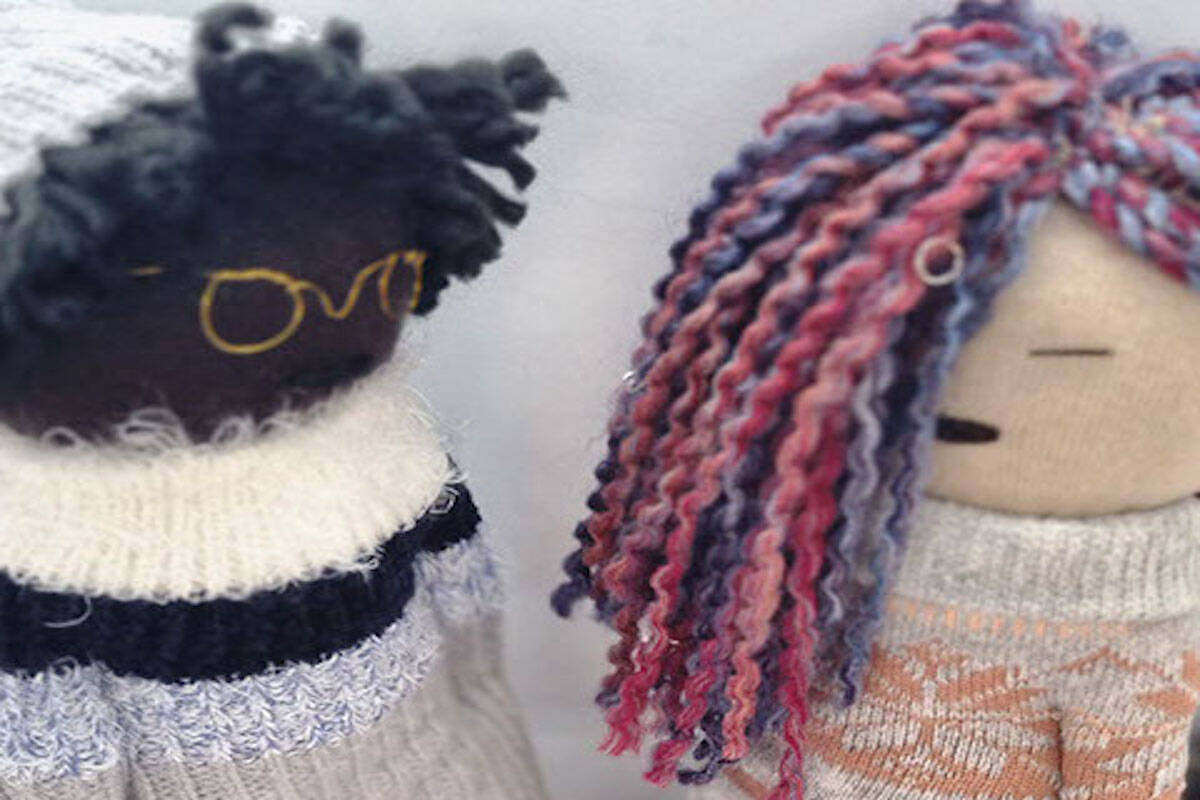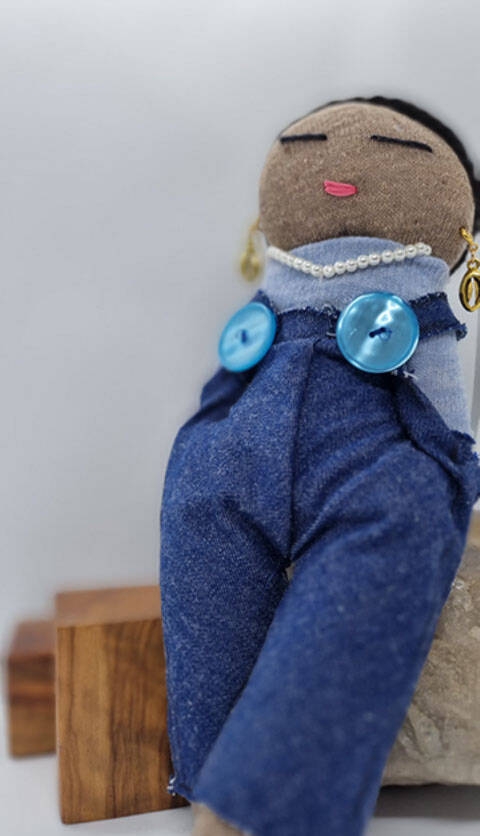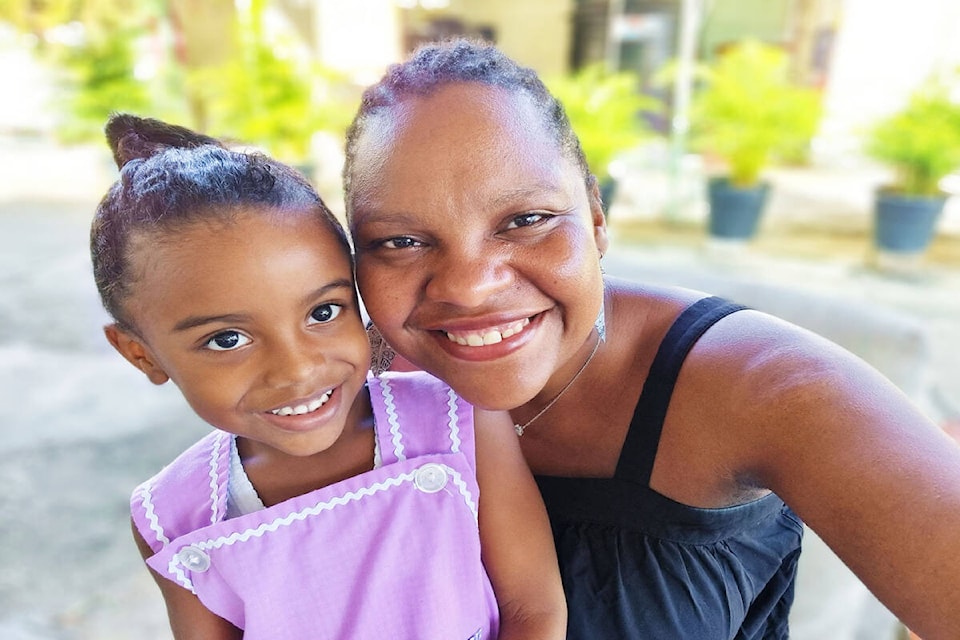An online gift search for her three-year-old niece left Rebecca Law taken aback. She could not find any Black and brown sock dolls that represented her and her loved ones — so she took the issue into her own hands.
“How do I make a doll that looks like a real person that I know? I wanted to find a doll that represents me,” Law told the News over the phone on March 16.
The unsettling experience drove Law to create a collection of dolls that look like people she knows in their expression, hair and clothing styles — instead of the narrow selection of “mammy,” “slave” and “monkey” dolls that she said were coming up in online searches for Black and brown sock dolls.
“I really need this to be different,” she said.
“For me, it’s really important how people identify and what they see when they use a specific language to search for themselves, I guess, online or anywhere.”

Law spent her first 18 years growing up in Trinidad before moving to Laval, Que., and eventually to Atlin, B.C. Law said she is a Canadian mother and aunt who identifies as Black.
Law made her first sock doll in mid-February cut out of a chocolate-brown coloured sock. She added wool hair, a pink shirt and a pair of jeans. It resembled her cousin, and she named the doll after her relative.
“She is unique in the sense that she really does look like she has an attitude. She’s standing in a very teenage, fierce, beautiful way,” Law said about the doll.
Law said she appreciates the cultural importance of regalia, but she wanted the dolls she made to represent everyday people on their own terms.
In a Feb. 18 story, Dominique Jean-Louis, a public historian with the New York Historical Society, told Smithsonian magazine that Black and non-Black children in the 19th century often grew up playing with homemade Black dolls sewn by their Black caregivers, and it was through these toys that children rehearsed their future domestic roles, imagined new lives and learned the basics of racial politics at the time.
Black Dolls is a current exhibition, curated by museum director Margaret K. Hofer and Jean-Louis, that is running at the Robert H. and Clarice Smith New York Gallery of American History until June 5.

“Immerse yourself in the world of dolls, doll play and doll making while examining the creation of racial stereotypes and the persistence of racism in American history,” reads a description of the exhibit on the New-York Historical Society’s website. The exhibit explores handmade cloth dolls made primarily by African American women through the lens of race, gender and history.
“Through these humble yet potent objects, Black Dolls reveals difficult truths about American history and invites visitors to engage in the urgent national conversation around the legacy of slavery and race,” the description says.
Back in northern Canada, Law has designed, sewn and stuffed approximately 33 dolls.
“I’m not a doll maker,” she said. “I didn’t know how to make a doll before this started.”
Her goal is to complete 100 sock dolls that are given away to people who have made requests to have her make versions of dolls that represent people they know.
By now, she said, the dolls have made trips to their new homes in Whitehorse, Vancouver, Kenya and Trinidad.
A GoFundMe has been set up to raise funds for the cost of supplies and shipping the gifts around the world, she said.
Law said a website has been set up to showcase the dolls and in hopes of taking over the algorithms.
“The end goal, I think, is to inspire people to make change in literal ways,” she said.
A tutorial on her website shows interested people how to make their own sock dolls.
Law said multiple people have been sending her photos of the dolls they have created through her campaign.
“I know that this is not a war and this is not hunger or the environment issues — this is a Google search that came up with something I didn’t like, but because of me making a small positive change in this one area, so many people have come back telling me how inspired they are and they’re making dolls all over the place.”
Contact Dana Hatherly at dana.hatherly@yukon-news.com
